The Joy of Champagne II: an Incredible Tasting Session of Simply Superlative Champagnes
by Ken Gargett
A year ago, I attended a festival of champagne that was so beyond imagination it demanded recording, even though it did not focus on any particular producer, vintage or style – simply on the pleasure that this peerless wine offers. While one glorious wine followed the other, each outdoing its predecessor, what was more important was that it was a day of great company, fun and friends. Just what champagne is made for!
It was a lunch hosted by some great (and incredibly generous) friends for a visit by a friend to us all, Didier Mariotti, the brilliant chef de cave from Veuve Clicquot, who had presented a dinner the previous evening.
I was not thinking I would ever to repeat the exercise, but then Didier made another visit (we see him most years) recently to present yet another amazing dinner/tasting – a vertical of Veuve’s flagship wine, ‘La Grande Dame’, in magnums back to 1993. And yes, we’ll get to that down the track.
So, of course, our most generous friends immediately insisted on another spectacular lunch. Numbers had increased a little this year – just as well when you see the extraordinary line-up (but can one possibly have too many champagne-loving friends or too much great champagne?). So we journeyed a little north again for a wonderful lunch and the most amazing array of great champagne the mind could ever envisage. Did the line-up top last year’s? I’ll leave that readers.
Honestly, they were both pretty special. It is a bit like being asked which was Picasso’s greatest painting, Springsteen’s best song, Bradman’s finest innings or which is your favorite child (that said, when I mentioned that to a friend, she looked at me with a rather strange look on her face and told me that of course she had a favorite child – I thought it wise to immediately change the conversation).
Should anyone take the view that I have lost a firm grip on my senses with a plethora of exceptionally high scores, consider that these champagnes represent the very best of the best and at least some of these scores should be expected. The others? Perhaps we got lucky, but on paper, as they say, every wine should have done well.
On a more serious note, a day like this gives a great insight into the enormous differences between the styles made by the various houses, variations in vintages and also in the different versions of champagne available, as well as the considerable disparities varying the time on lees imbues into the wines. So, fun, undoubtedly, but also a learning experience.
Pierre Peters Les Chetillons 2012
This year kicked off with a trio from one of last year’s heroes, Pierre Peters. Friends know that their ‘Les Chetillons’, a blanc de blancs, is one of my all-time favorite champagnes, so to commence proceedings with the 2012 was perfect.
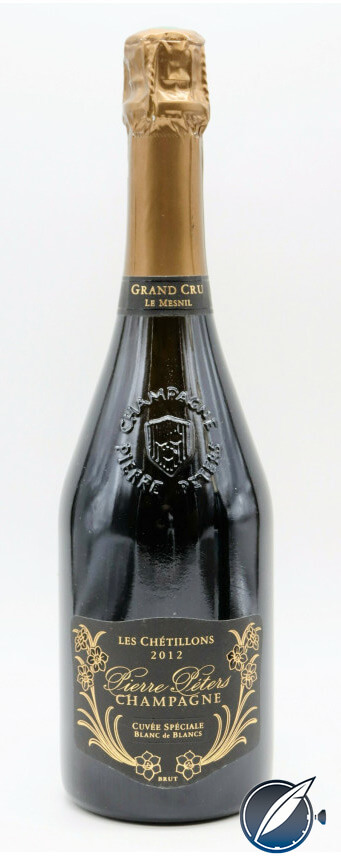
Pierre Peters Les Chetillons 2012
The team source their grapes from three blocks in the chalky ‘Les Chetillons’ vineyard, which is one of the great sites in the legendary Grand Cru of Le Mesnil sur Oger – Chardonnay does not get much better. The wines are always given at least six years on lees and another on cork. Dosage normally sits around 4 grams per liter. Les Chetillons was one of the very few prestige champagnes released from 2011, but fortunately, we had the far superior vintage of 2012 before us.
———————————————————————————-
———————————————————————————-
What a start! Pristine. Pure. There is a minerally backing with notes of grapefruit, florals and citrus. A wine of exquisite balance and laser-like focus. Razor sharp acidity, but everything remains in balance at all times. Stunning stuff. For me, 98. Peter Liem, in his superb book ‘Champagne’, described the Peters’ wine as the most iconic of all from this vineyard.
Pierre Peters Les Montjolys 2012
Rare as Les Chetillons is, it seems that their ‘Les Montjolys’ is even harder to source – I thought I had only ever tasted it once before (at the winery?), but as 2012 was the first, and to date only, vintage of this wine, clearly I was wrong. Richard Juhlin, in his new and fabulous ‘Champagne Magnum Opus’, rates Peters very highly though does not give particularly high scores to either of these wines. He does talk of the glories to come with the Les Chetillons, but I think he is being very harsh.

Pierre Peters Les Montjolys 2012
‘Les Montjolys’, another blanc de blancs, is also from the Grand Cru of Le Mesnil sur Oger. The grapes are sourced from seven parcels in the specific vineyard and undergo a partial malolactic fermentation. Again, six years on lees. The soil here contains a higher percentage of clay.
This is richer in style than the Les Chetillons, more weight and density. Perhaps more complex. There is a real saline note to it with hazelnuts and stonefruit. Great length. Ripe and rich, a choice between the two will simply come down to the style one prefers. A whisker between them, my vote went to the Les C, though others will legitimately opt for Les M. 97.
Next up was the final wine in our trio (I should note that we all contribute to the day, though none more so than our most generous hosts, and the fact that we had this trio was simply serendipitous rather than the result of any planning by the group), the 1998.
Pierre Peters is a fascinating house. It snuck up on many of us with its glorious blanc de blancs. Most of us had our introduction through their non-vintage or vintage champagnes, which were much lauded. In recent years, I’ve often heard talk that those wines are not quite what they were because the grapes are being used for these single vineyard sites. I am not certain that those wines are as good as they were, but I wonder if that is more because standards have risen, rather than any fall in quality from the house. It also does not make a great deal of sense.
Les Chetillons has been with us since the 1971 vintage, so clearly that fruit has long been allocated there (at least from the top vintages). Les Montjolys has only been made since the 2012, and in any event, both wines are in such small volume that the absence of that fruit would not make a significant difference to either the standard vintage or non-vintage.
The 1998 – a wonderful golden color, this was a most mature wine, but still more than alive. Rich and bold, notes of lemon crème pie, stonefruits and beeswax are to the fore. The nose was quite refined, yet the palate was the opposite, wonderfully exuberant. A really enjoyable mature champagne. 95.
As Sir Winston Churchill said, “a magnum of Champagne is the perfect size for two gentlemen if one of them is not drinking…”.
———————————————————————————-
———————————————————————————-
Taittinger Comtes de Champagne 2002
The next wine was simply transcendent. The Taittinger Comtes de Champagne 2002 in magnum. If I was so fortunate as to drink this once a year, I would be a very happy man. We have looked at Comtes several times at Q&P, so readers will be aware of how much I love that wine and 2002, especially from magnum, is one of the truly great examples.
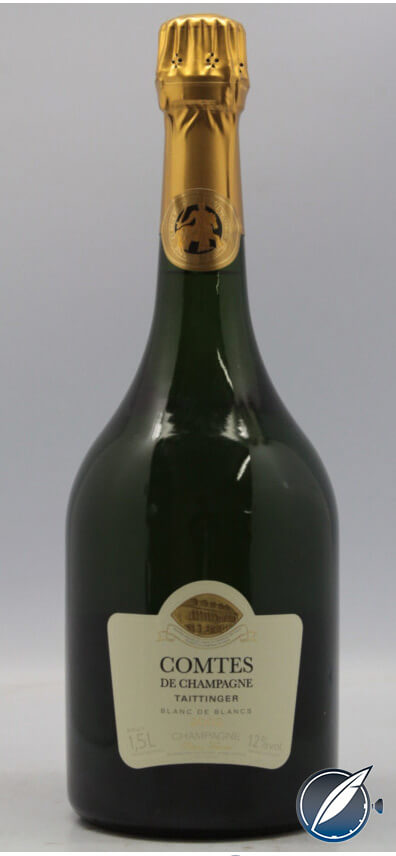
Taittinger Comtes de Champagne 2002 magnum
This magnum was in perfect condition. A glorious blanc de blancs, complex, incredibly long, still tight and focused. Notes of stonefruit, spices, lemon sponge cake and crème brûlée. The only reason this did not get 100 was that there was even better to come (which seems a poor, indeed unfair, reason for it not to have scored full whack). 99+.
Moet et Chandon 1964
For the first time, we moved away from a blanc de blancs to a blended champagne, in this case one which contained all three grapes – Pinot Noir, Chardonnay and Meunier. A magnum of Moet et Chandon 1964. Yes, the basic old Moet. I know what you are thinking. How did this sneak into such illustrious company (you really should not think that – Moet is an exceptionally well-crafted champagne, especially considering the incredible amount made).
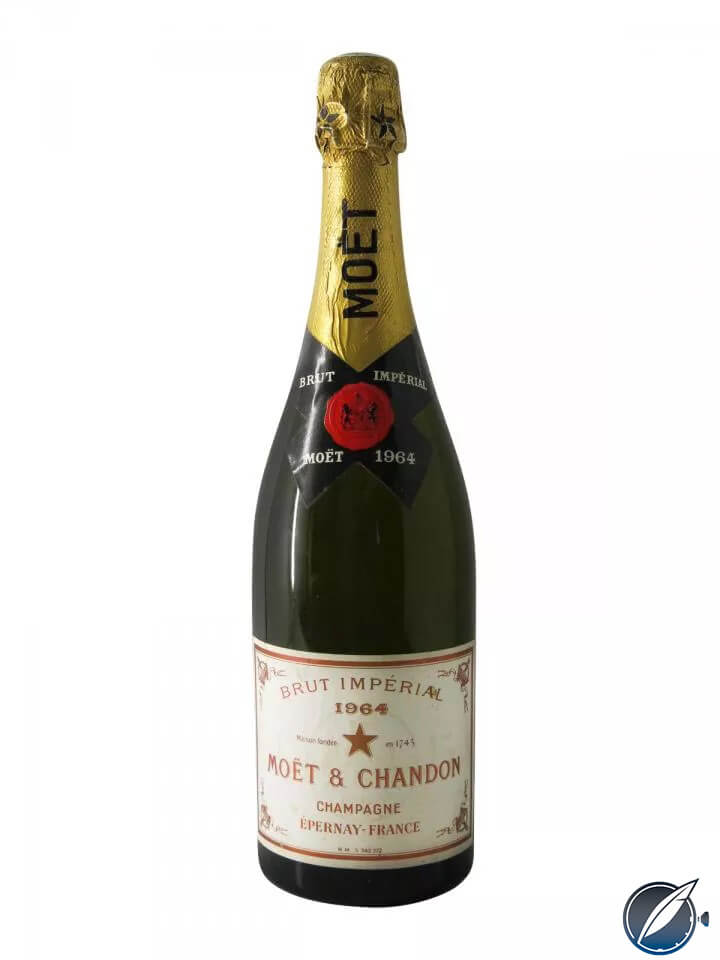
Moët & Chandon Brut 1964
The reason for its appearance was that one of our number is a 1964 freak – her all-time, ultimate favorite vintage. And that is more than partly based on the glorious Dom Perignon 1964, a truly awesome (in the correct sense of the word) wine. Could we really hope that the standard Moet would perform well in that company? Could we what! For me, this was not just the best champagne of the day, it was not just the best champagne of the year to date, it was the best wine of the year so far. Wow!
Charles Curtis, in his ‘Vintage Champagne: 1899 to 2019’, which we have used numerous times here, gives 1964 five stars, “a superb vintage” and even mentions the Dom. Richard Juhlin also gives the vintage five stars.
The magnum had spent 39 years on lees followed by another twenty on cork. Complexity personified. Golden bronze in color, there were notes of cumquats, orange rind, white chocolate, mandarins and so much more.
An extraordinary champagne with such incredible length. It just never seemed to end, nor did the intensity waiver for an instant. This is still bright and fresh and immaculately balanced, but there is a decadence here that is extremely compelling. 100 points, every single day of the year. If I could drink this once a decade, I’d be an extremely happy man!
Salon 1995
Next up, a return to blanc de blancs, with perhaps the most famous BdB of them all, Salon. This one, a magnum of 1995. My view of 1995 as a vintage is that, had 1996 not come along with its impossibly seductive 10/10, 1995 would be the famous vintage over which we’d all be raving. The 10/10 phenomenon is the very rarely seen combination of a vintage with 10 degrees of potential alcohol and 10 g/l of acidity. So, it has the sugar levels seen in 1990 and 1989, but the acidity of the 1986 and 1980 vintages.
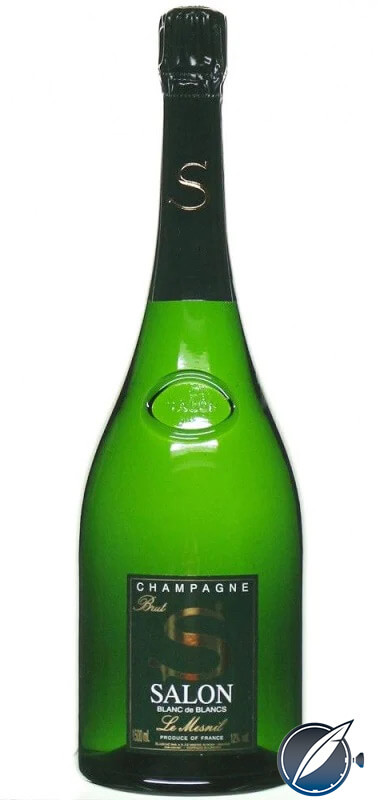
Salon Blanc de Blancs magnum
Salon is simply one of the most thrilling champagnes available, though only made in tiny quantities and only as a vintage wine. It was different to the Comtes, as one would expect, but I could not say which was better. Both so good. This was like glacéd lemon and hazelnuts with frangipani notes. Like drinking liquid crystal (as opposed to Cristal). Balanced and elegant, with crunchy acidity and a never-ending finish. 99+.
Last year, the 1996 Salon was our ‘Lord, take me now’, wine. This year, any of the last three would have more than qualified.
———————————————————————————-
———————————————————————————-
Bollinger 1985 Grand Annee and 1985 RD
Next in line, a pair of Bollys (I did them blind to see the thoughts). My nightmare wine is the 1985 Bollinger (I made a complete hash of it in a tasting competition many years ago, so much so that I still feel embarrassed every time I hear it mentioned, let alone drink it). This time, we had the 1985 Grand Annee and the 1985 RD, although it also had probably close to two decades on cork, perhaps even more.
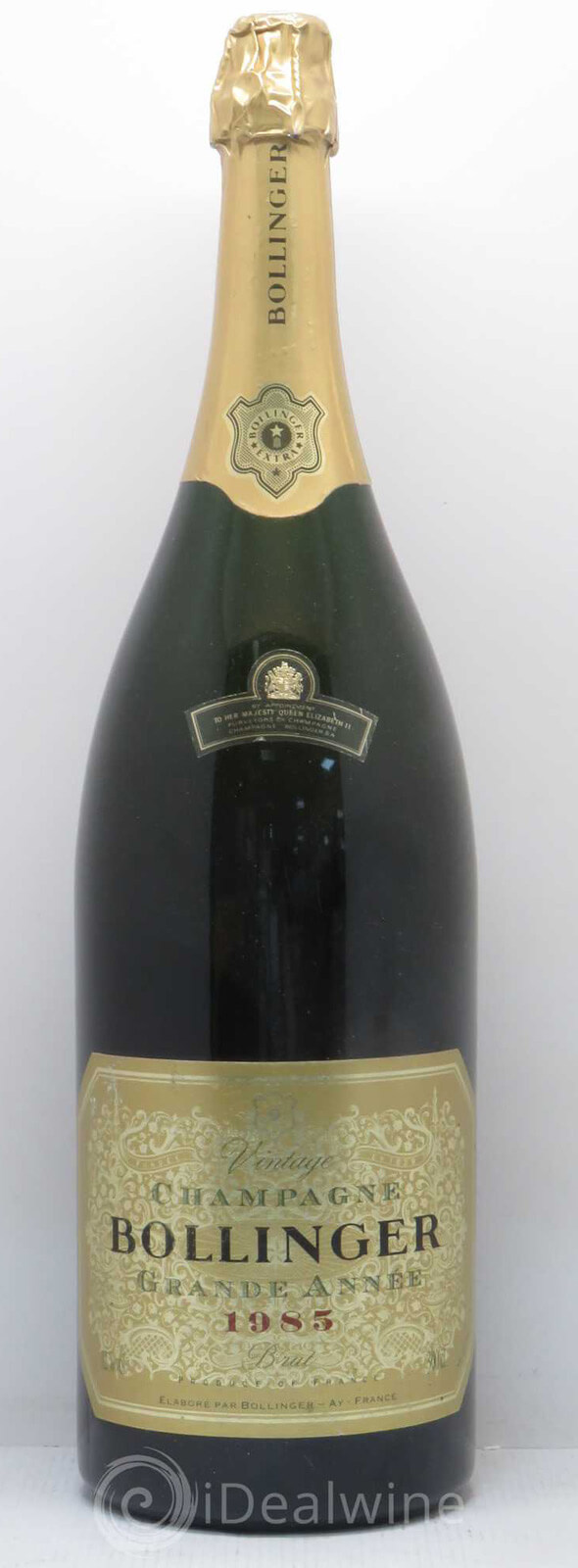
Bollinger Grand Annee 1985 (photo courtesy Ideal Wines)
It is a fascinating exercise to see the same wine, having been treated differently. By differently, I mean the RD, as is the way Bollinger operate, having spent considerably longer on lees than the same wine, released as their Grand Annee. Unfortunately, in those days, information was less forthcoming than today, so it is not always easy to get the exact dates of disgorgement.
1985 was a favorite vintage, though a small one. It was a year where the Pinot Noir really shone and the best for me have a black cherry note to them.
Both wines looked good. The Grand Annee was mature, with some complexity and moderate richness and intensity. The wine had notes of coffee, mushrooms and a hint of caramel. Definitely a wine for drinking now, it was quite delicious. It might have attracted more attention had it not found itself in such astonishing company. 95.

Bollinger R.D. 1985
The 1985 RD was, for me, the pick of the pair and sat comfortably with the top wines of the day. Vanilla, coffee bean, caramel and a character that was very much ginger ale. The mushrooms of the Grand Annee had transformed into truffles here. Mature, complex, hedonistic and with great depth, intensity and balance, loved this. And still alive, though to be honest, if it is in your cellar, hard to see it getting any better. 98 (and if you think I am scattering high scores like confetti at a wedding, you are probably right – I might have been prepared to give a mug of cold coffee 96 by this stage, such was the infectious enthusiasm, but I like to think that the scores are all fair).
The evening before, the 1998 La Grande Dame had stood out as a star and so, there was quite a bit of 1998 on show here.
The Egly-Ouriet 1998 was curious. Broad and mid-length, it certainly did not sit well in the company for me, though others found much more to love. Notes of sawdust for me. To be honest, I really thought it had a touch of cork taint, but I could not persuade anyone else of this and they enjoyed the wine far more than I did (so much for 96 for stale coffee). I did not score it as I do not believe it was in a condition fair to the wine or the maker.
Philipponnat Clos des Goisses 1998
I most certainly scored the next of our 98s, the Philipponnat ‘Clos des Goisses’. For me, no other champagne has the aging potential as does a ‘Clos des Goisses’, and there was no hint of this wine having reached its peak.
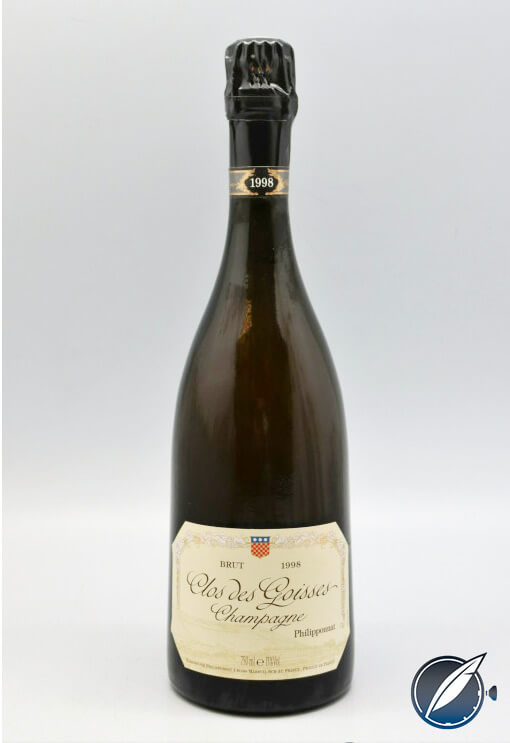
Philipponnat Clos des Goisses 1998
I think it has a good two decades plus left ahead of it and will continue to thrill and improve. Walnuts, orange rind, mandarins and white chocolate here. Ripe, balanced, fresh and complex. Seriously good. 97.
———————————————————————————-
———————————————————————————-
1999 Taittinger Comtes de Champagne Rose
It was time to go Rose – the 1999 Taittinger Comtes de Champagne Rose in magnum, to be precise. Comtes Rose is always a wonderful wine, though rarely encountered and usually finding itself in the shadow of its glorious sibling.
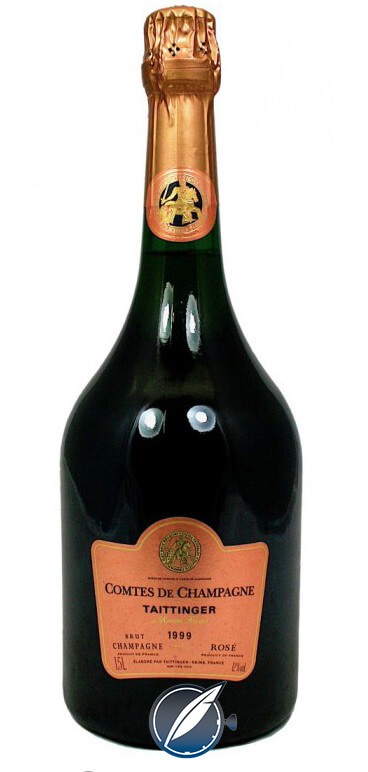
Taittinger Comtes de Champagne Rose 1999 magnum
This was a bronzed orange color with strawberries, leather, herbs and red fruits, especially cherries. Hints of plums and more glacéd cherries. Plush, complex and still remarkably fresh. For me, this is one of the great 99s, not usually a favorite vintage of mine. 98.
As the man in the advert said, ‘but wait, there’s more’. One of the greatest champagnes one could ever hope to drink has to be the legendary Pol Roger Sir Winston Churchill, and have they ever done it better than in 1996? If nothing else, this array of stunning champagnes should put to rest any concerns you might have as to aging good champagne for many years, if you have proper cellaring conditions.
This was simply gleaming. Wonderfully complex, deep and fully-flavored with serious complexity. A supple, seductive texture and incredible length. Hedonism in a glass. Suffice to say, it lived up to its sanctified reputation. 98.

Henriot Cuvee des Enchanteleurs 1988
Then a wine from a vintage I think is one of the greatest of my life, 1988 – the Henriot ‘Cuvee des Enchanteleurs’. Sadly, there was no doubting the cork taint this time. Very sad, as it should have been one of the day’s finest.
I know exactly what you are thinking. What sort of day could this possibly be if there is no Dom Perignon. Fear not. Although we were coming to the end (this day was like one of those great books that you are enjoying so much, you simply don’t want it to end), a magnum of Dom Perignon 1992 was next. 1992, like ’93, has always seemed a little lost to me – caught in between the glories of 88/89/90 and then 95/96.
But there were some very fine wines from those twixt and this is one of them. Slightly smoky notes here, with walnuts and stonefruits. The finish moved more to hazelnuts and caramel. Mature with good complexity and fabulous length. Now and for the next few years at least – well, certainly if you are fortunate enough to have the wine in magnum. 96.
1995 Louis Roederer Cristal
The final wine (sort of) simply had to be from Louis Roederer, their Cristal. A magnum of 1995. It showed the grandeur of the 1995 vintage to its full extent. A wonderfully complex wine with intensity and a supple palate, finishing with notes of honeycomb. A long, lingering finish here. The wine still has a decade of pleasure ahead of it. Stunning. 98.
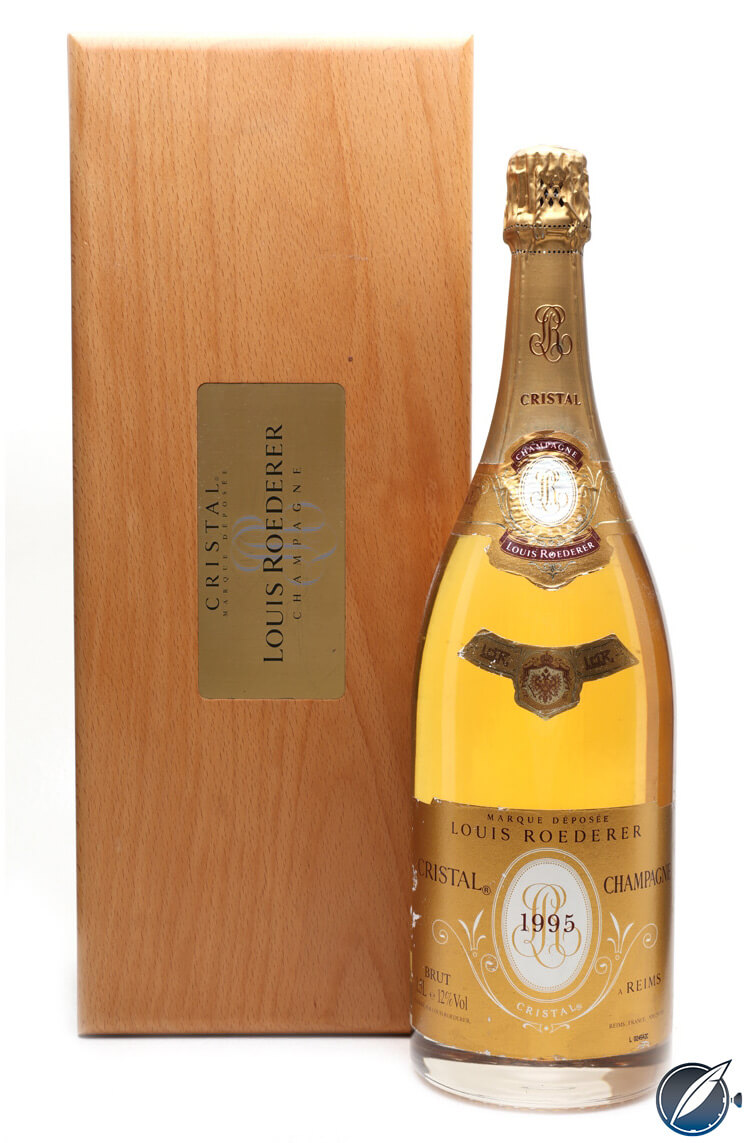
Louis Roederer Cristal 1995
I said, sort of. A car had been arranged for the long trip home and obviously, it was necessary that we had a roadie for the trip, so out came a magnum of Dom Perignon 2008. It was a fitting end to an extraordinary day.

Dom Perignon 2008 magnum
2008 is, for me, the greatest vintage of this century so far, and the Dom is a scintillating example of it, especially in magnum. Enjoy it now certainly, but do not be afraid to cellar it for a decade or two.
Yes, this might seem like an extravagant rollcall of too many of the world’s great champagnes and perhaps it was, but as all true wine lovers know, the real treasure here is the pleasure of sharing them with like-minded friends and enjoying great company, food, fun, conversation and simply being alive.
Great champagne fits that bill!
You might also enjoy:
How Long Can We Age Champagne, Should We Age Champagne, And Is Late Disgorged Or Aged On Cork Best?
Dom Pérignon 2008: From The Monk’s Earliest Beginnings To The Most Glorious Champagne Vintage

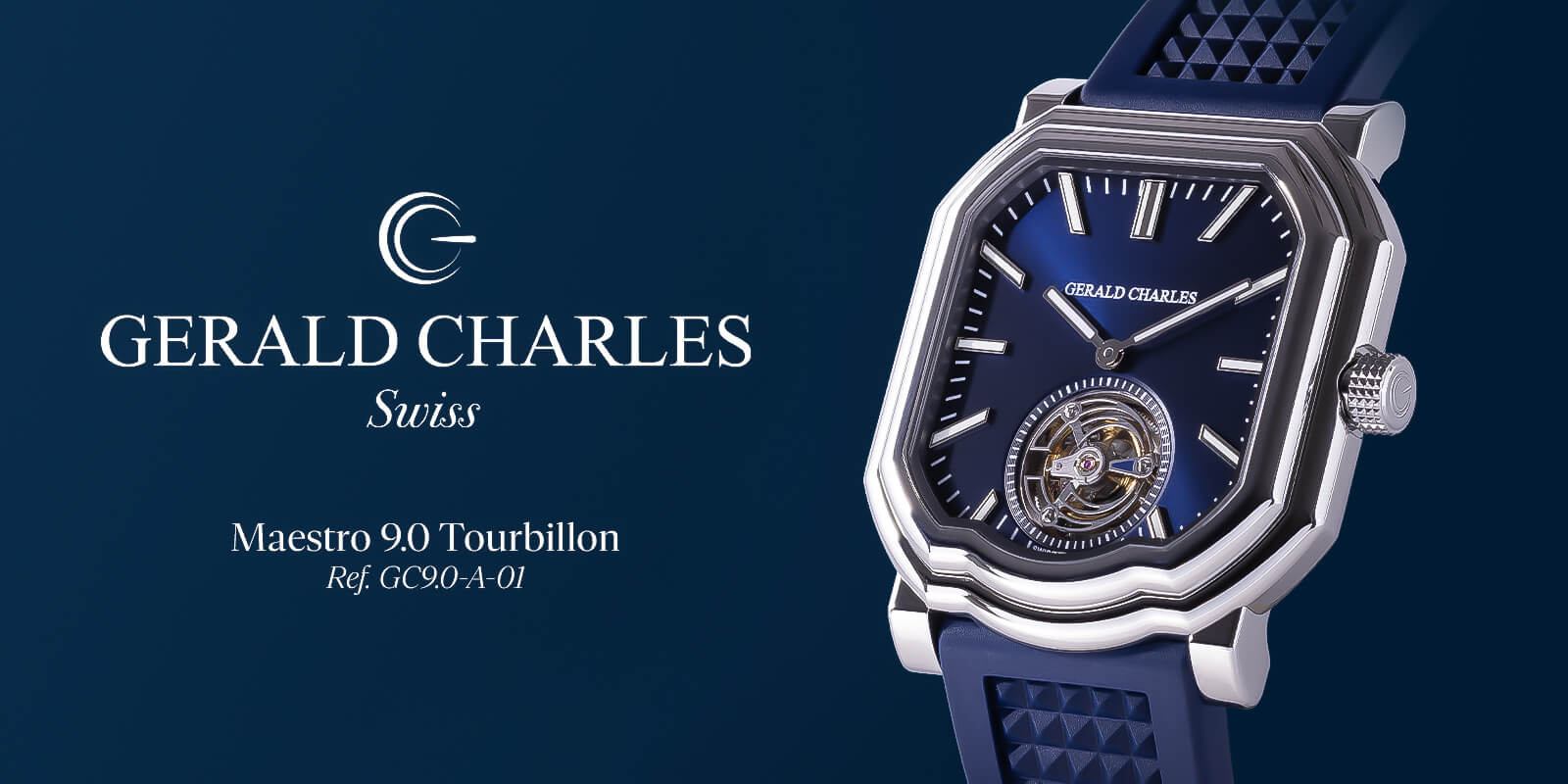
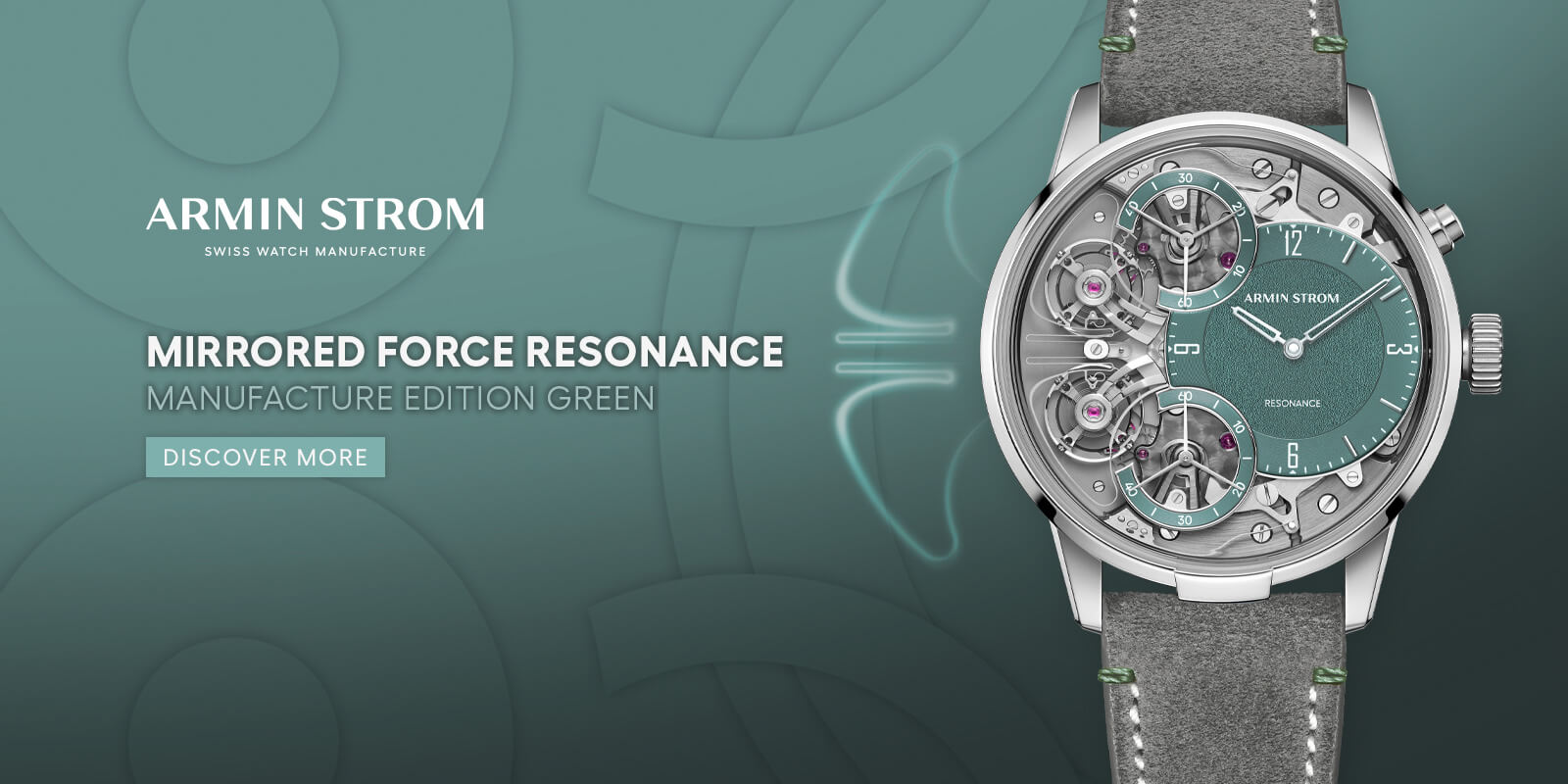
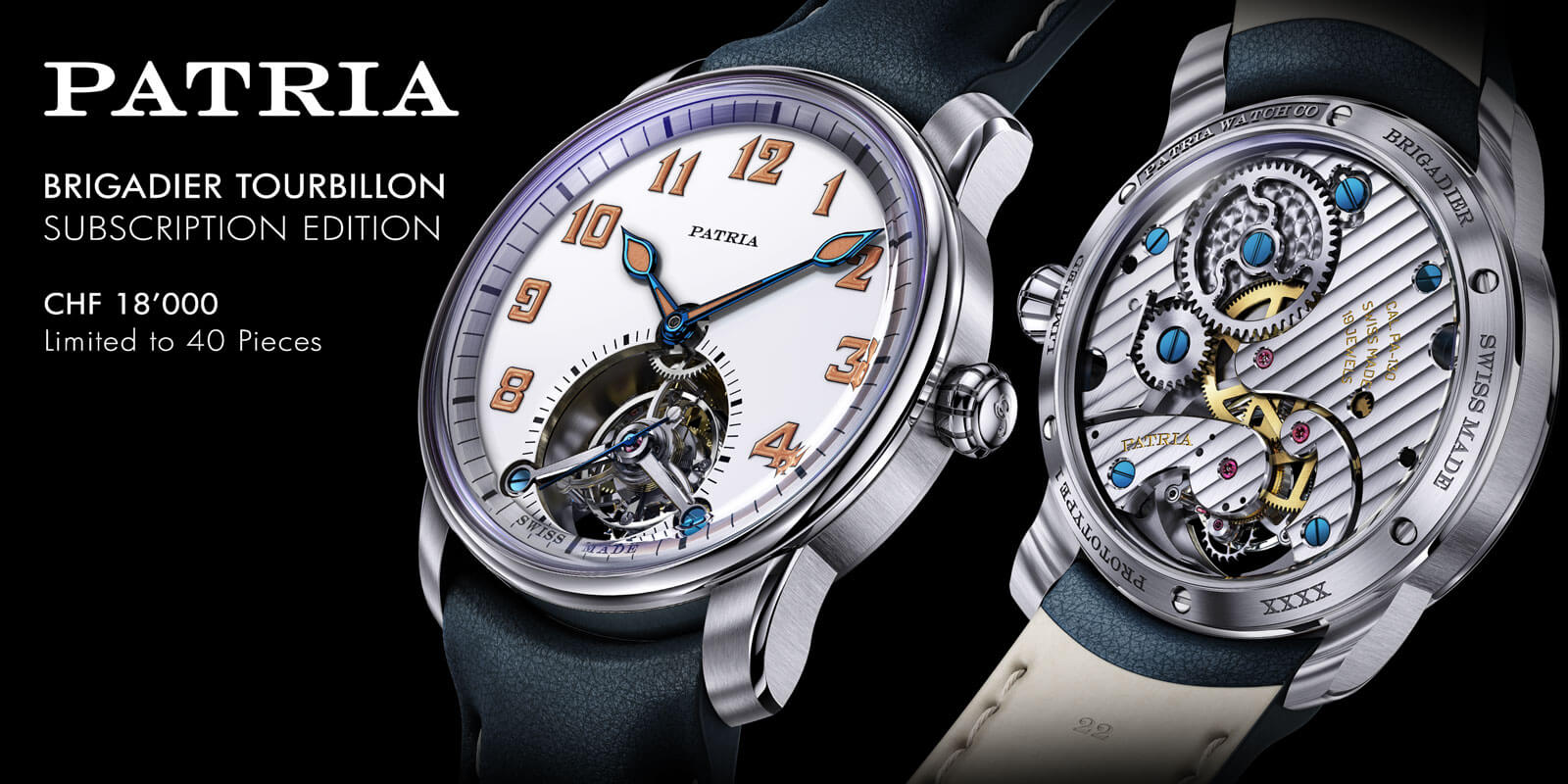


Leave a Reply
Want to join the discussion?Feel free to contribute!